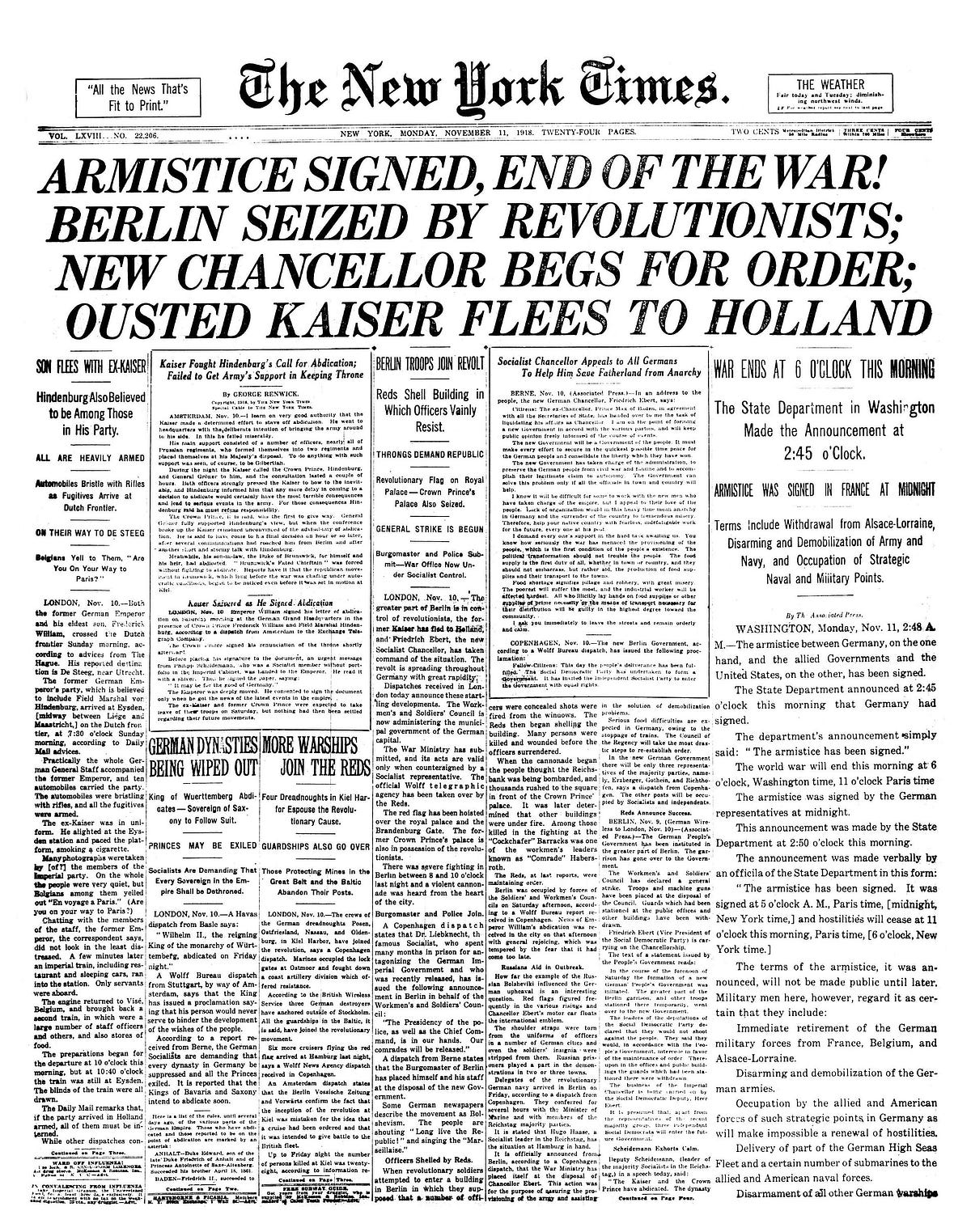
"It feels like almost all text published online today needs an image with it. White paper, blog post, social post, news article: these things must have an image with them to survive - how do you expect your writing to reach people by throwing away all the engagement that images give you? But, obviously it wasn't always like this. See below an image of the cover of the New York Times on armistice day 1918:"
"What are accessory images? You might be thinking, "But I, or someone I know, sometimes finds these images useful." Indeed: my disagreement is primarily with images whose nature is not to give you information in themselves, but which act as bait or filler. So what are accessory images? Here's a test: let's say that an article you have written is being recognized in some way - such as receiving an award, being used for training, etc. Under what circumstances would you include the accompanying image?"
Online texts increasingly require images to attract engagement, making images a de facto necessity for the survival of posts and articles. Historical examples show information was once conveyed without mandatory visuals. Accessory images are visuals that do not convey information themselves but act as bait or filler to draw attention. A practical test asks whether such an image would accompany work submitted for awards or training, implying accessory images lack material importance. Stock and AI-generated filler images insult visual crafts, fill space for profit, and shift attention so that imagery, not content, often drives engagement.
Read at Medium
Unable to calculate read time
Collection
[
|
...
]